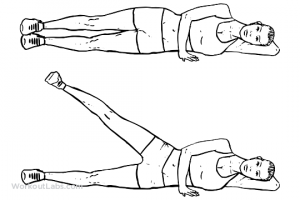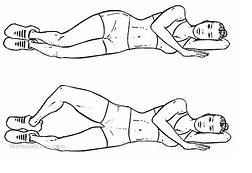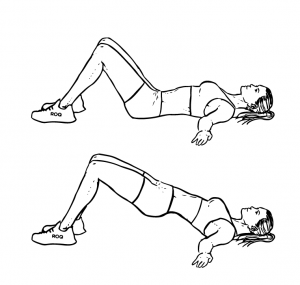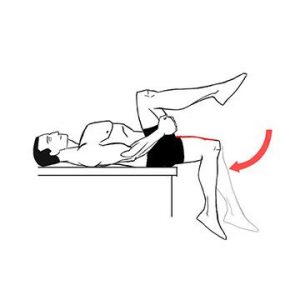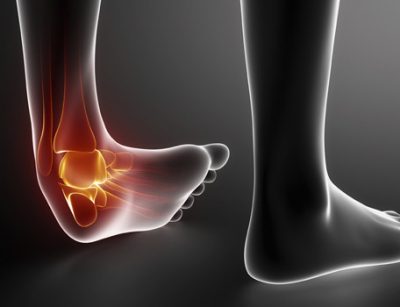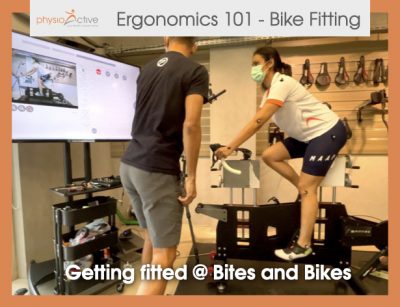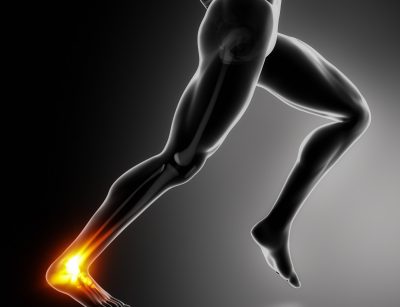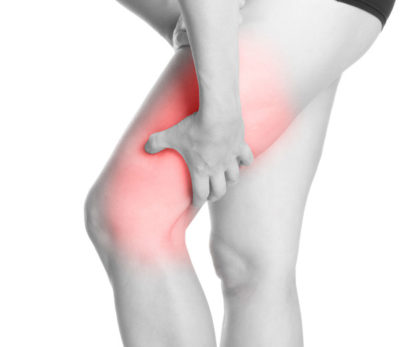
Are you experiencing pain on your knee when running? Maybe it is Illiotibial Band Syndrome (ITBS)?
Illiotibial band syndrome – ever heard of this? This condition is familiar to runners or people who suddenly increase their physical activity. Illiotibial band syndrome (ITBS) is a knee injury that causes pain on the outside of the knee which tends to be slightly up or close to the thigh.
The following condition is actually an injury that is not caused by trauma or ‘over use’ and is often found in people with hip abductor muscle weakness.
Several theories that are still in use today suggest that it is the result of compression of adipose tissue that causes pain. The stress on adipose tissue by ITB generally occurs in the early standing phase when we run and when we bend our knees approximately 30 degrees while treading. In the running cycle, there is an eccentric contraction of the tensor fasca latae and gluteus maximus which helps us to slow down and generate tension in ITB.
Okay, let’s talk a little about the anatomy, okay!
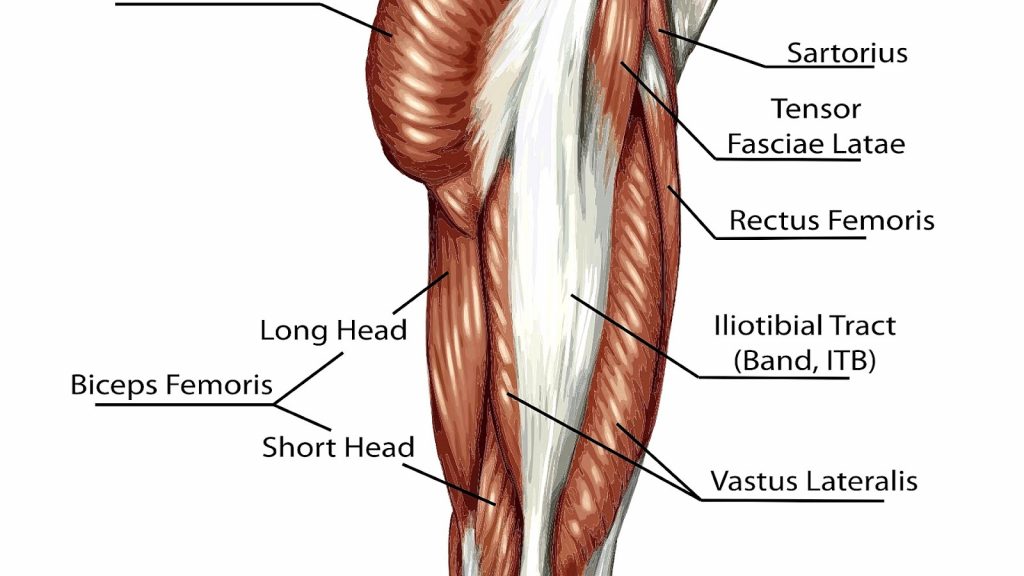
Weakness of the hip abductor muscles is also associated with ITBS because it causes increased internal rotation of the hip and adduction of the knee.
This condition was found to be a significant problem for athletes with ITBS and several studies also mention chronic inflammation of the ITB bursa.
The Iliotibial tract is a thick fascial band and plays a role in guarding or bracing the knee, especially when we are supporting on one leg. Therefore, ITB plays a very important role as ‘lateral knee stabilisation’.
How do we know if we have Illiotibial band syndrome (ITBS)?
The main symptom of ITBS is sharp pain on the outside of the knee that can sometimes be felt to the outer thigh or calf area, especially when the heel touches the floor. The pain that is felt tends to increase when running or descending stairs. In some cases the patient feels a ‘snapping’ or audible jerking of the flexed knee as a result of ITB related to the protrusion of the outer femur. Also try to see if there is swelling on the outside of the knee.
So what can you do?
Before we move on to some of the exercises you can do, there are some important aspects to consider. ITB functions as part of the stabiliser on the outer knee, therefore ITB tends not to be elongated and still maintains its stiffness. So the question is, why are you being asked to do stretching? If the stretching target is ITB, maybe you should think again and look for deeper references or you can consult with our team at physioactive.
Then some also suggest that using a foam roller can help you reduce pain and eliminate or break down adhesions / adhesions in the tissue. Indeed, there are still many health professionals who recommend this but let’s take a deeper look. As explained above, we know that ITBS is a condition caused by compression or compression of the adipose tissue along the lower thigh to the outer knee. So there is a possibility that putting pressure on it will not worsen the condition or repeat the injury to the adipose tissue. However, if the foam roller is applied to other areas related to ITBS such as the Tensor Fascia latae (TFL) or to muscles that are experiencing tightness and need to be released, then the foam roller is quite helpful.
Before you do the exercises yourself, you may get info from the internet or friends who tell stories by doing ‘this’ or ‘that’ can ease your condition. It is better to consult with your physiotherapist first. Why? Because each person has different characteristics of pain as and the injury experienced. Obviously one can’t assume that every condition gets the same treatment. If that’s the case, you’re just wasting your time and energy.
Let’s find out about the conditions you may be experiencing right now.
There are several phases of training in ITBS conditions based on how much limitation you experience;
Early phase or you still feel pain / pain dominant. In this phase you feel pain when going down stairs or walking fast, some road surface conditions can also trigger pain to feel like walking downhill. In the pain dominant phase, we still have to focus on reducing pain and inflammation that occurs in the lateral knee area. So the first thing we can do is reduce or temporarily avoid running activity. That doesn’t mean we just rest without doing any exercise. Physical activity is very important for us to maintain, some of the activities we recommend are as follows;
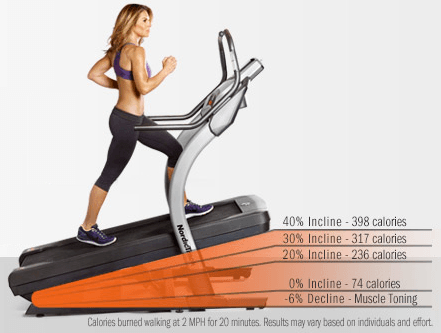
We can replace running activities by walking on a slightly elevated treadmill or increasing the inclination
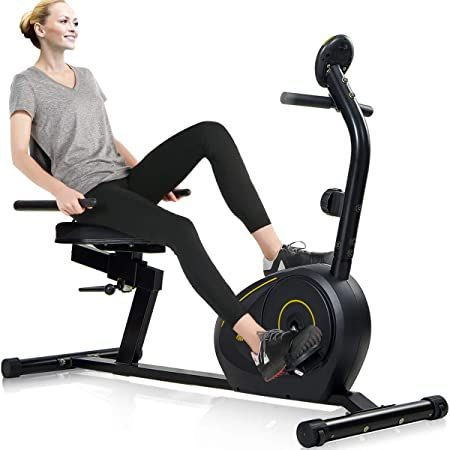
In addition, you can use a stationary bike with a low saddle.
It is not enough to just maintain physical activity, some exercises that you should do regularly when you are in the pain dominant phase are as follows;
First practice:
Second practice:
Third practice:
Fourth practice:
From some of the exercises above you can reduce provocation in ITB. Lack of muscle strength associated with the ITBS condition, ability or capacity and tolerance to the load received are the main points that can help your healing process. Because the pain dominant phase is the most complained of, in the article above we only discuss the initial phase. For further phases, you can read about it in the follow-up article on the website https://www.physioactive.id/blog.
If you feel you might have ITBS, you can click here to make an appointment to get it checked.

